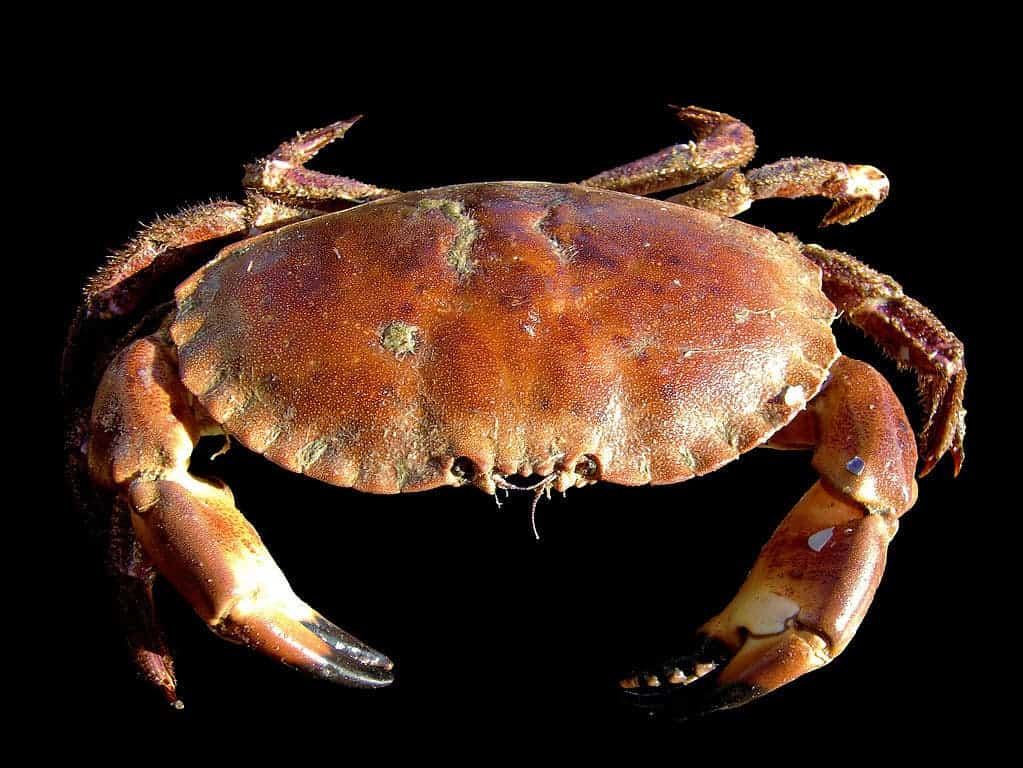While gradually becoming a leading energy source, offshore renewable energy is also an issue of concern for marine researchers, who are warning over the negative effects that subsea power cables are having on marine life. In a new study, researchers found brown crabs ‘freeze’ when they come too close to the electromagnetic fields generated by these cables. This disturbing behavior may negatively affect the marine creature’s migration habits, among other things.

The number of subsea power cables connecting turbines and storage banks is expected to rise in the coming years as more offshore renewable energy projects are set up. These cables generate an electric field, which can be contained within the cable, and a magnetic one, with no insulation so far developed to prevent leakage.
The edible crab (Cancer pagurus) is a commercially important crustacean found throughout western Europe from Norway to Portugal. Given their life cycle and behavior, previous studies have shown that their behavior is likely influenced by the presence of subsea power cables, either by disturbing adjacent sediments around turbines or through electromagnetic fields. Now we have empirical evidence to confirm these assumptions.
For their new study, researchers at Heriot-Watt University studied nearly 60 crabs at the St Abbs Marine Station in Scotland and found that the high level of electromagnetism coming from the subsea cables is affecting the blood cells of the crabs, which could make them more susceptible to bacterial infections. And that’s not all.
Cables and crabs
Alastair Lyndon, a researcher from Heriot-Watt University and one of the study’s authors, said that crabs are attracted to the electromagnetic field and just sit still when exposed to it. While this doesn’t sound like a problem, if crabs aren’t moving they aren’t looking for foraging for food or a mate. The researchers also found the magnetic fields are causing changes in the animals’ sugar metabolism.
The researchers used the aquarium laboratory at the St Abbs Marine Station to carry out the experiment. The lab is made of non-metallic materials, which means there’s almost no electromagnetic interference. When exposing the crabs to higher levels of electromagnetism, the team found changes in their blood cells, which could have a range of consequences.
In Scotland, crabs are very important for the livelihood of fishermen and their local communities. They migrate every year up the east coast of Scotland. But if they are too attracted to the subsea power cables they will stay put, meaning there will be a lot of crabs in the south and a lack of them in the northeast and the islands of the country.
“One potential solution could be to bury the cables in the seafloor. However, that can be expensive, it makes maintenance more difficult and also it’s just not possible in some locations. We need to investigate further technical solutions so that we don’t create negative environmental effects while trying to decarbonise our energy supply,” Lyndon said in a statement.
The study was published in the journal Marine Science and Engineering.


